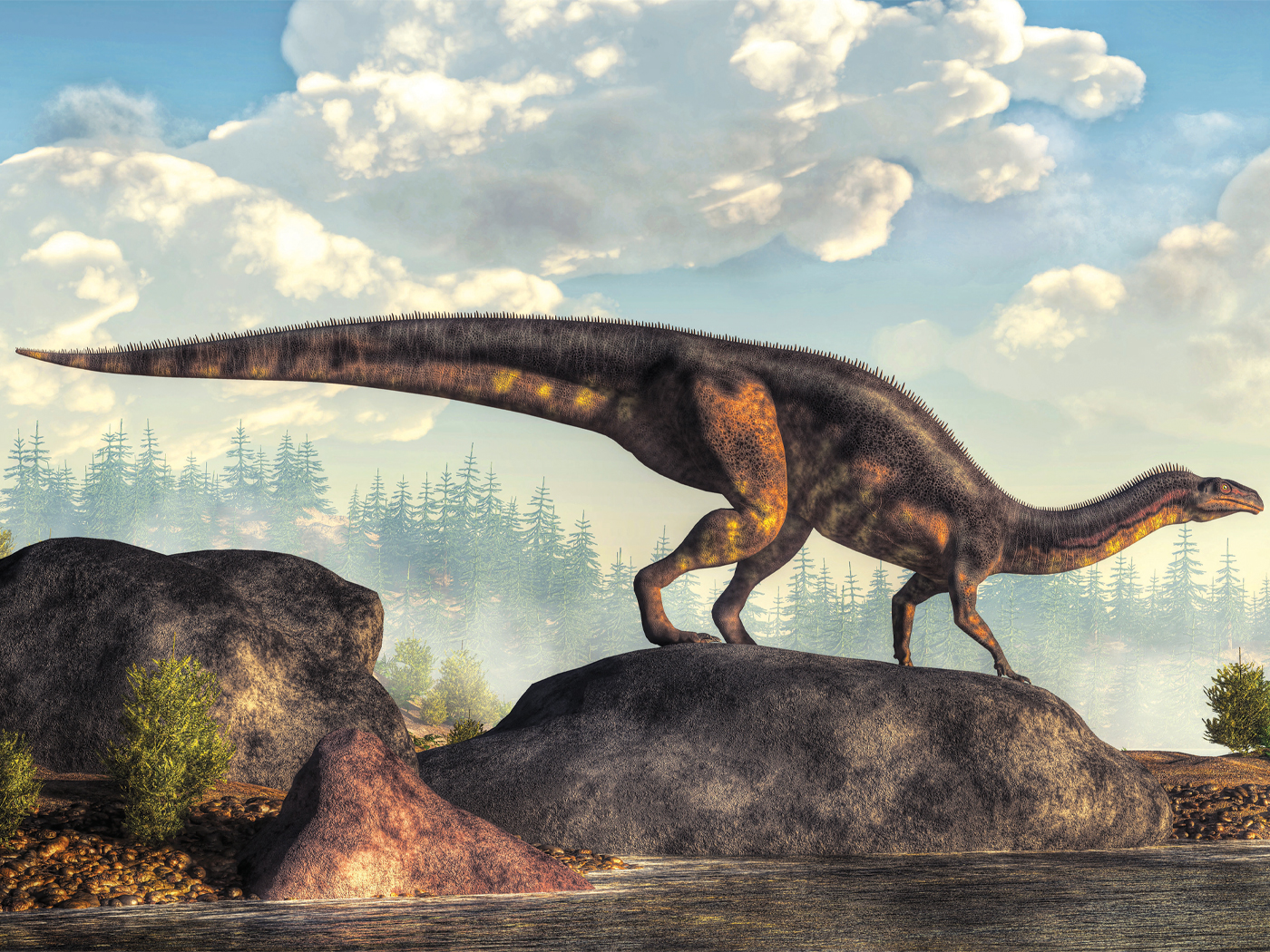The world's population will reach seven billion on October 31, 2011, according to the United Nations, and media outlets are heralding the issue of overcrowding on the planet. How long did it take for this many humans to be born?
The evolutionary version of human population growth presents a fantastic scenario to answer that question. In this imaginary long-ages history, the population did not grow at all for millions of years before suddenly taking off only a few thousand years ago. In the July 29, 2011, issue of Science, demographic anthropology expert Jean-Pierre Bocquet-Appel wrote:
After the members of the genus Homo had been living as foragers for at least 2.4 million years, agriculture began to emerge in seven or eight regions across the world, almost simultaneously at the beginning of the Holocene.1
Supposedly, the advent of agriculture enabled population growth at that time. But according to the Bible and historical records, there was never a time when humans weren't engaged in agriculture.
The problem is that in this projected timeline, people ("genus Homo") must have had virtually no population growth "for at least 2.4 million years." Bocquet-Appel wrote, "The world's population on the eve of the emergence of agriculture is estimated to have been 6 million individuals."1 Thus, the first human couple that supposedly evolved from ape-like ancestors would have had only 6 million descendants after 2.4 million years. This requires a population growth rate of about 0.00029%—essentially zero. Virtually no growth for 2.4 million years?
In contrast, the average historically observed growth rate has been at least 0.4 percent, at times spiking to above two percent. Even a "pre-industrial farming population" growth rate of 0.1 percent per year—Bocquet-Appel's number—would have yielded today's seven billion people in only 7,062 years.1 As the late Dr. Henry Morris, founder of the Institute for Creation Research, asked, "How could it be that the planet only now is experiencing a population crisis—why not several hundred thousand years ago, soon after man first appeared on earth?"2
To try and explain this slow growth, Bocquet-Appel stated, "An increase in the birth rate was closely followed in time by an increase in mortality." And the cause of all this death was "infectious diseases" such as "Rotavirus and Coronavirus."1
But this only invokes more unlikely events. How could such diseases maintain a near zero balance of birth and death rates for so long without randomly killing the whole population at some point? And why would these diseases suddenly lose their population-reducing effect after so many supposed eons? Plainly, the infectious disease idea, along with unrealistically slow growth rates, are ad hoc add-ons that prop up long-age thinking.
But the current world population aligns completely with biblical history, with no added stories. Using census records from the last 400 years and a bit of algebra, and assuming a natural logarithmic growth, eight Flood survivors 4,500 years ago produce 7 billion people almost exactly.3 This is powerful evidence that biblical history is accurate, and man-made evolutionary history is not.
References
- Bocquet-Appel, J.-P. 2011. When the World's Population Took Off: The Springboard of the Neolithic Demographic Transition. Science. 333 (6042): 560-561.
- Morris, H. 1984. The Biblical Basis for Modern Science. Grand Rapids, MI: Baker, 416.
- The formula for logarithmic human world population growth is P = Poert, where P = the current population, Po = the initial population, e = the base of natural logarithms (2.718), r = the average annual population growth rate (0.456% or 0.00456 in the calculator), and t = the time interval from Po to P.
* Mr. Thomas is Science Writer at the Institute for Creation Research.
Article posted on October 27, 2011.














